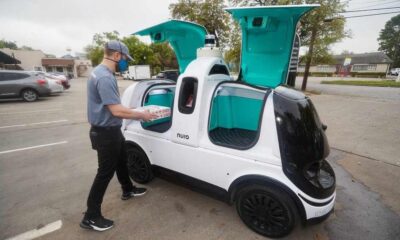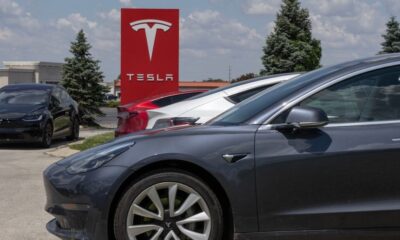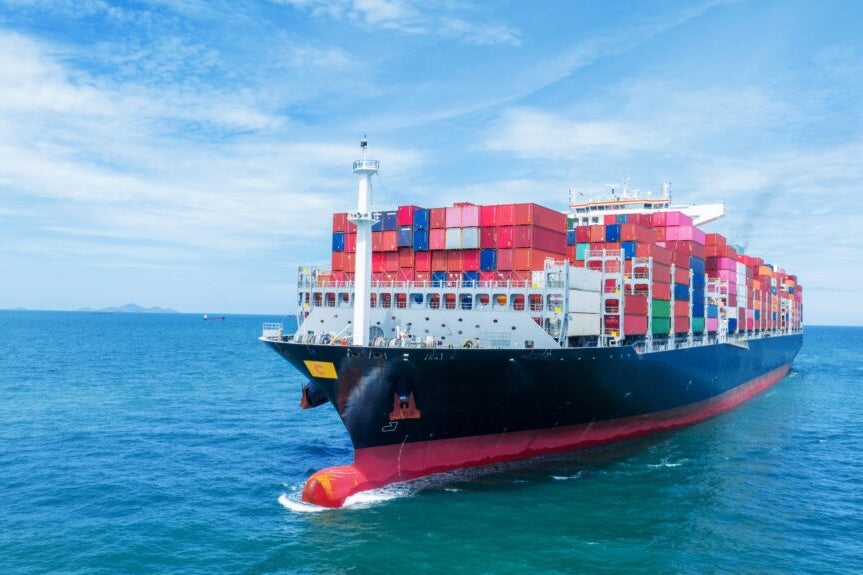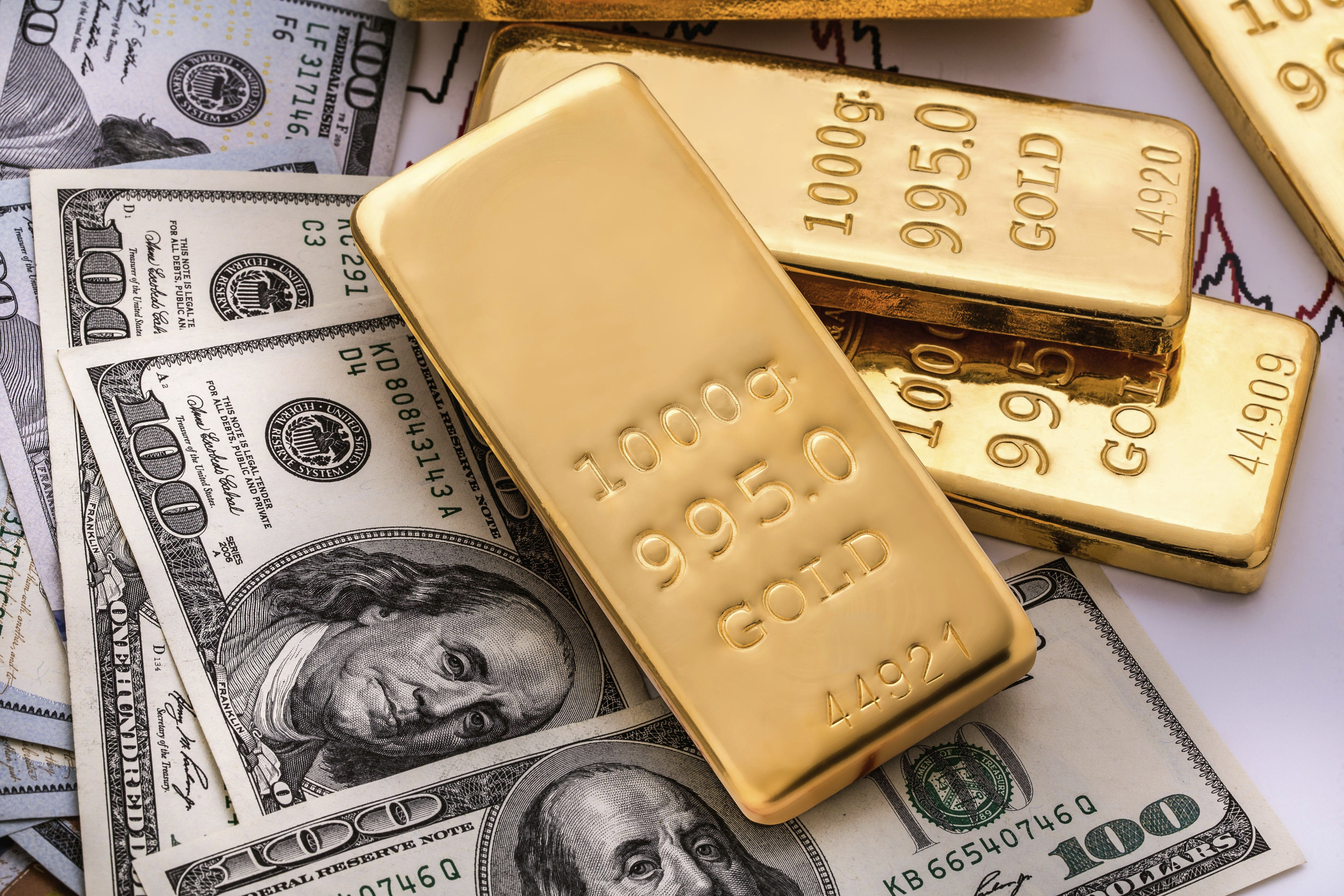News
Zoox is in the clear.
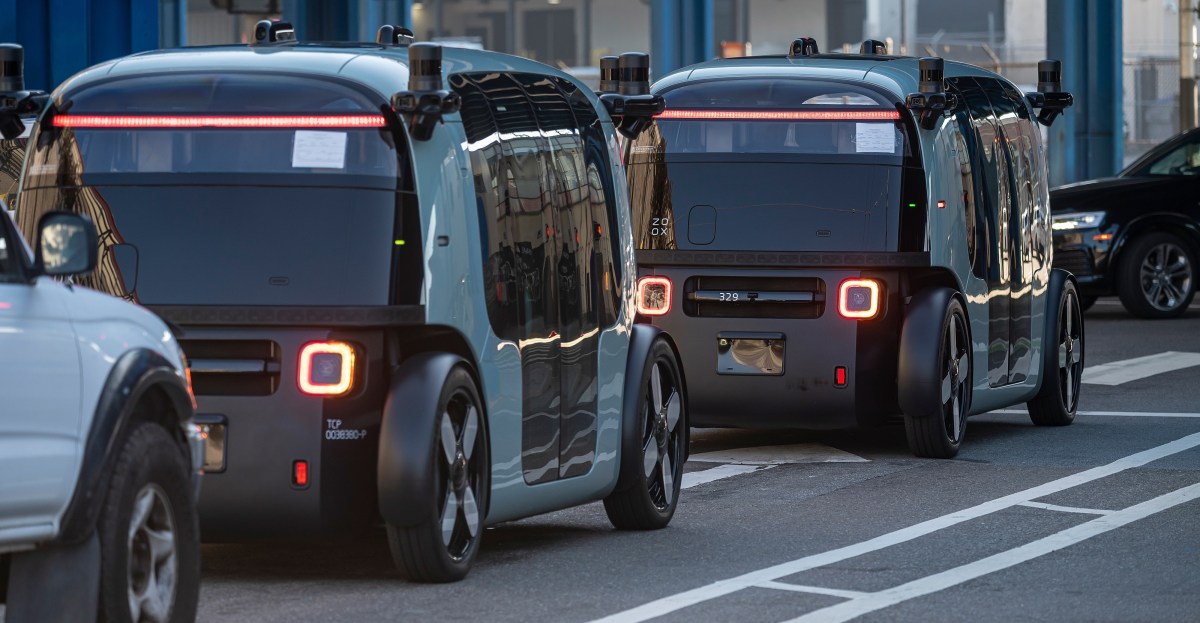
### Zoox’s Robotaxis Get Green Light for US Streets
Imagine hopping into a vehicle with no driver, no steering wheel—not even a brake pedal. Sounds like sci-fi, but Zoox just made it a reality.
What’s Happening?
In a landmark decision, the National Highway Traffic Safety Administration (NHTSA) has certified Zoox, Amazon’s autonomous ride-hailing service, for demonstration purposes. This clears the company of any allegations it failed to adhere to safety regulations. The NHTSA also wrapped up its investigation into whether Zoox bypassed traditional safety rules.
Where Is It Happening?
The certification is for U.S. roads, with Zoox’s robotaxis expected to begin operating in select cities.
When Did It Take Place?
The announcement was made in early December 2024, coinciding with Zoox’s public debut of its vehicles in San Francisco.
How Is It Unfolding?
– NHTSA certified Zoox’s purpose-built autonomous vehicles under a new regulatory process.
– The company must remove or obscure claims that its vehicles comply with existing federal safety standards.
– Zoox is allowed to operate solely for demonstration, not commercial use—yet.
– The move follows a year-long investigation into whether Zoox skirted safety rules.
Quick Breakdown
– **First-of-its-kind certification**: Zoox is the first to receive clearance under NHTSA’s updated, streamlined process.
– **Unique vehicle design**: No steering wheel, pedals, or driver—a first for U.S. roads.
– **Investigation closed**: NHTSA ended its probe without penalties, allowing Zoox to proceed.
– **Limited operation**: The certification is for demo purposes only, not public rides—at least not yet.
Key Takeaways
The NHTSA’s decision is a significant step toward faster approval of autonomous vehicles (AVs) without traditional controls. While this is a win for Zoox and Amazon, it’s also a signal that the U.S. is serious about modernizing regulations for self-driving technology. The catch? Zoox can’t yet claim these vehicles meet safety standards through this exemption, meaning it’s a big step forward—but with caveats.
” While this certification is a victory for innovation, it raises questions about how regulators balance speed and safety in an industry where mistakes can be deadly.”
– Sarah Reynolds, Autonomous Vehicle Policy Analyst
Final Thought
Zoox’s approval marks a turning point in autonomous vehicle regulation—proving that innovation and safety can coexist, albeit with compromise. **This isn’t just about Amazon’s ambitions; it’s a glimpse into a future where self-driving cars redefine transportation. However, while the road ahead looks promising, the fine print reminds us that full autonomy is still a work in progress.**



